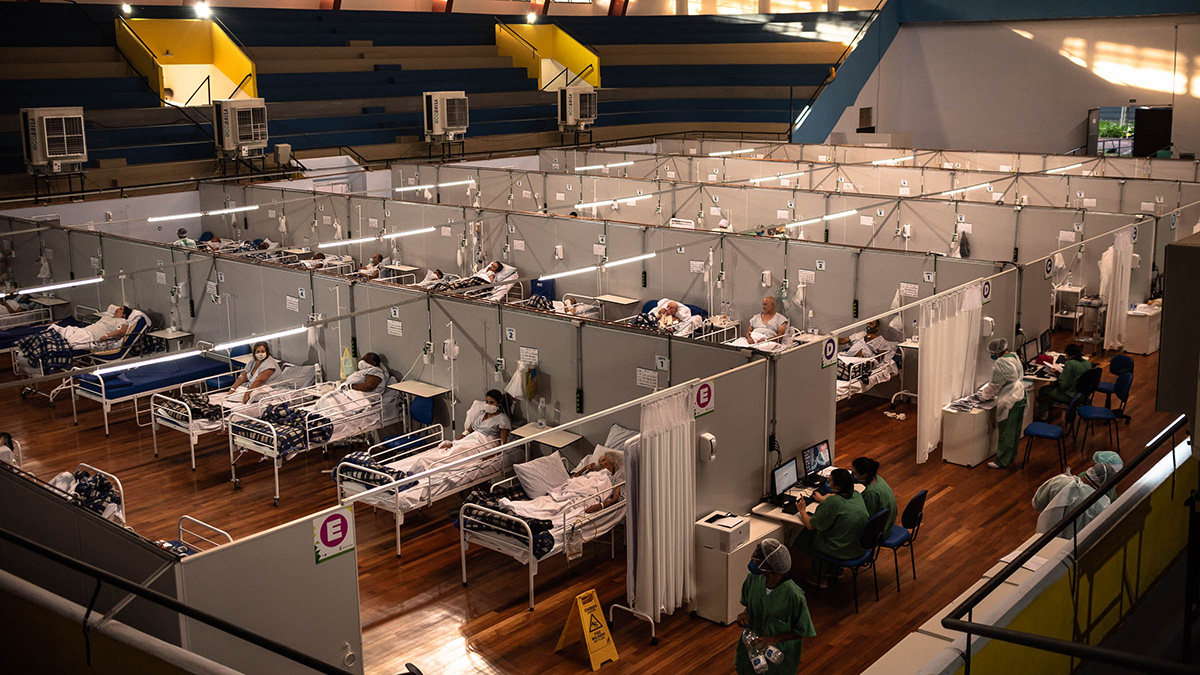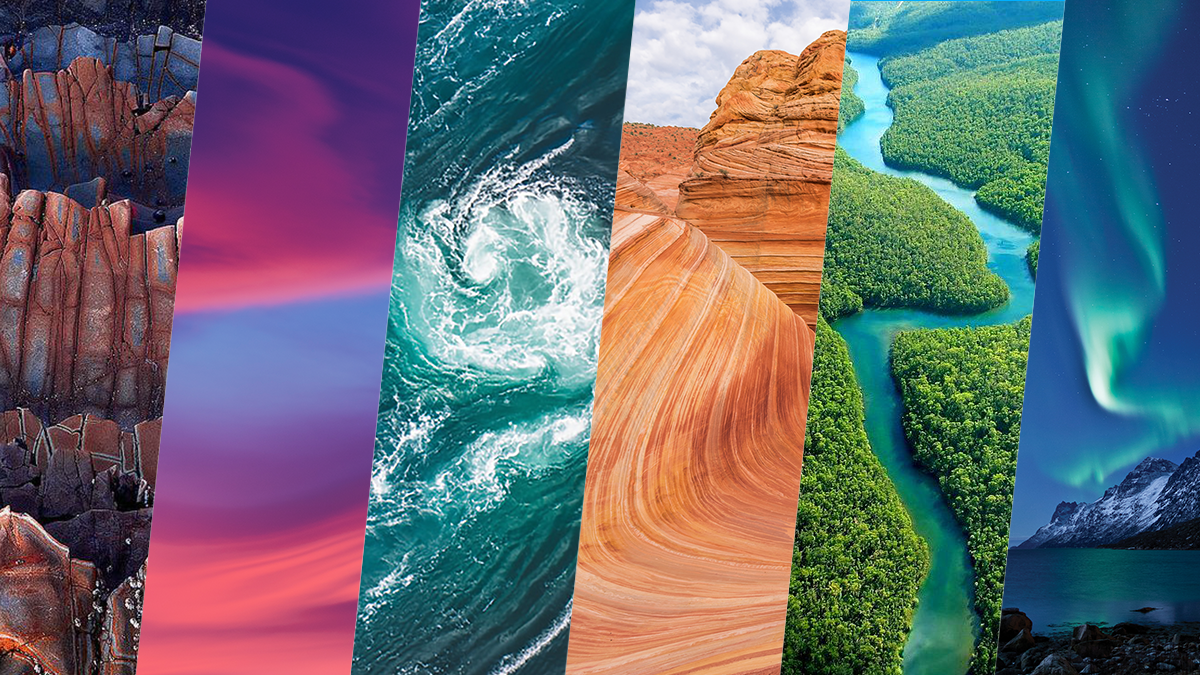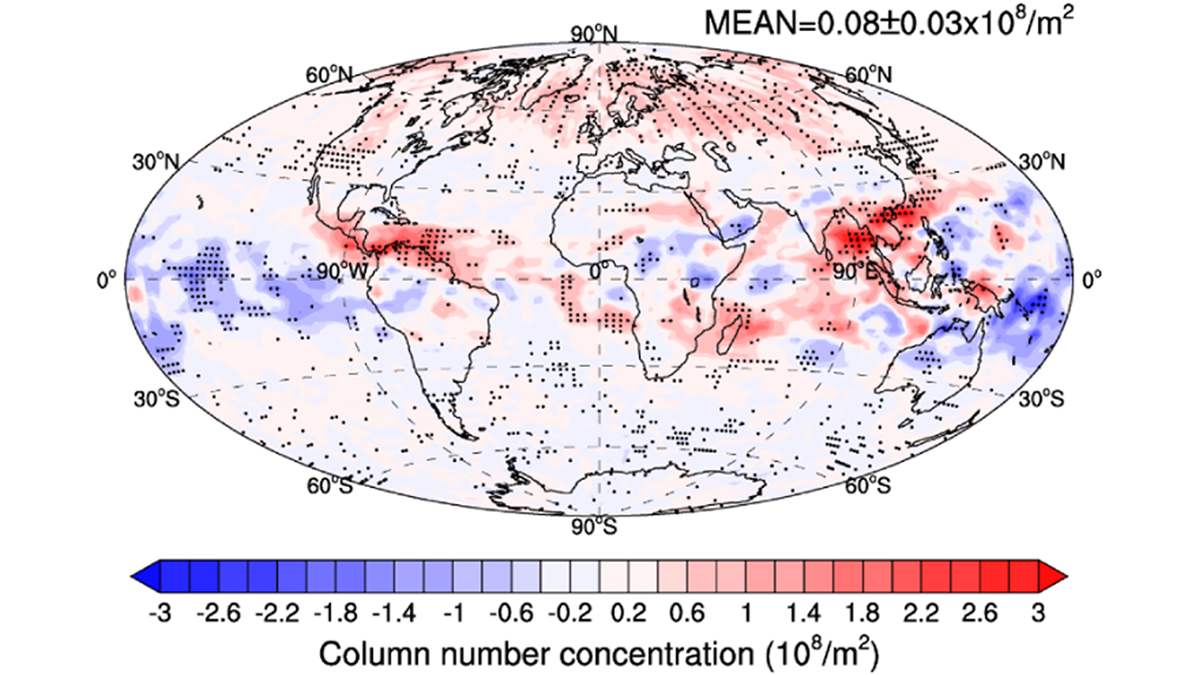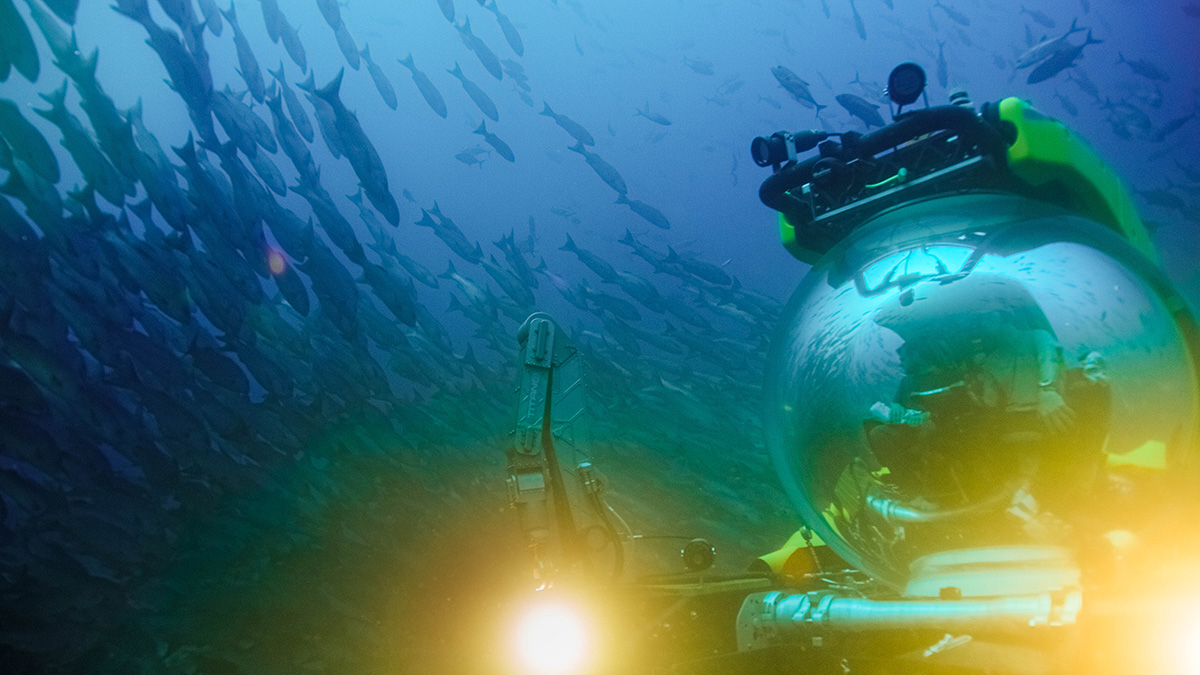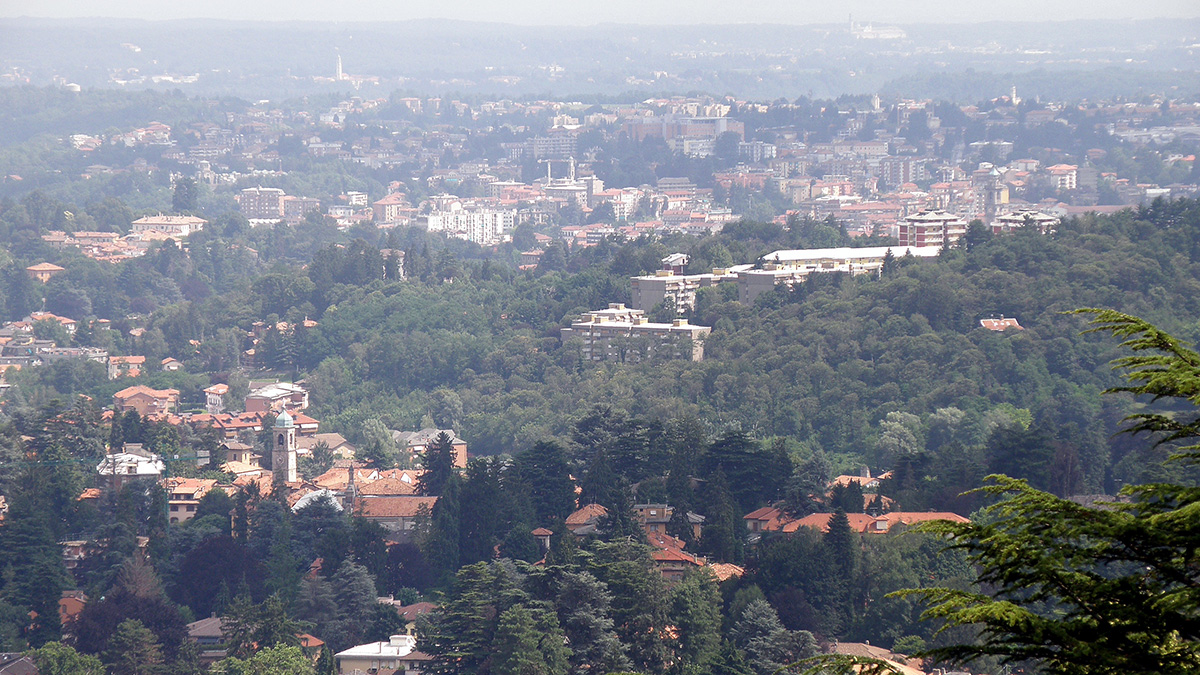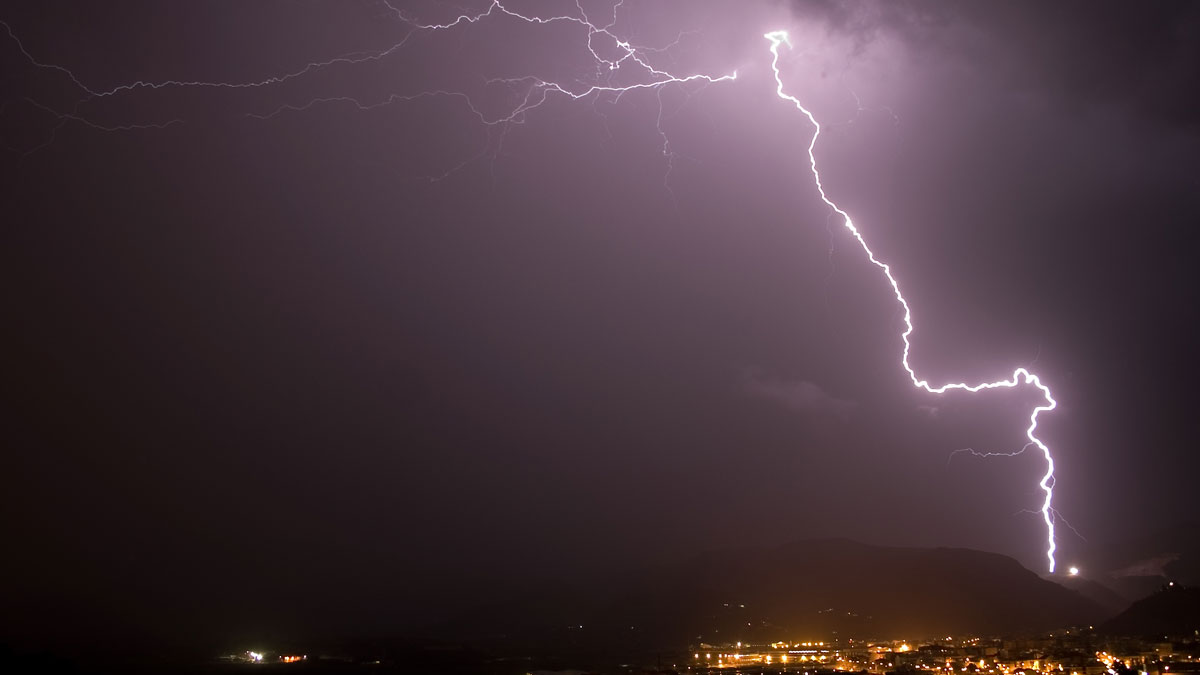High humidity and low temperature altered COVID-19 spread in Brazil, but only slightly.
COVID-19
Roadside Plants Witness COVID Traffic
Radiocarbon in roadside plants revealed a decline in auto emissions during COVID lockdown and a 2021 rebound. Could this improve emission estimates in countries without CO2 monitoring infrastructure?
Sewing DEI Into the Fabric of the Geosciences
AGU journals host a new living special collection on diversity, equity, and inclusion in the geosciences and invite additional contributions to grow this collection.
Indoor Air Pollution in the Time of Coronavirus
How aerosol scientists spread the word on the airborne transmission of COVID-19–and what it means for cleaning our indoor air.
Less Air Travel May Partially Contribute to Global Warming
Decrease in aircraft soot emission, as shown by COVID-19 lockdown, leads to a significant increase in ice crystal number in cirrus clouds, and results in a small global positive radiative effect.
Deep-Sea Exploration Could Help Us Fight the Next Pandemic
Deep-ocean-dwelling microbes may hold keys to improved medical diagnostics and new drugs for fighting diseases. But we must search Earth’s most extreme habitats to find them.
Striking Out into the Field to Track Slip on the Sumatran Fault
An international team overcame many challenges, including from the COVID-19 pandemic, to deploy a dense seismic network along an understudied fault system that poses hazards to millions in Indonesia.
Air Pollution Was Reduced During the COVID-19 Pandemic
A decrease in emissions of ozone precursor gases during the COVID-19 economic downturn likely explains the unusual reduction in ozone concentrations observed during the spring and summer of 2020.
Exposure to Low Levels of Air Pollution Increases COVID-19 Risk
Although causality has yet to be established, an Italian case study found that an increase in annual average exposure to PM2.5 was associated with a jump in the rate of COVID-19.
Cleaner Pandemic Air Led to Reduced Lightning Strikes Worldwide
As people stayed home during the COVID-19 lockdowns, air quality improved. But the improvement was accompanied by an unusual meteorological side effect: a decrease in lightning.

